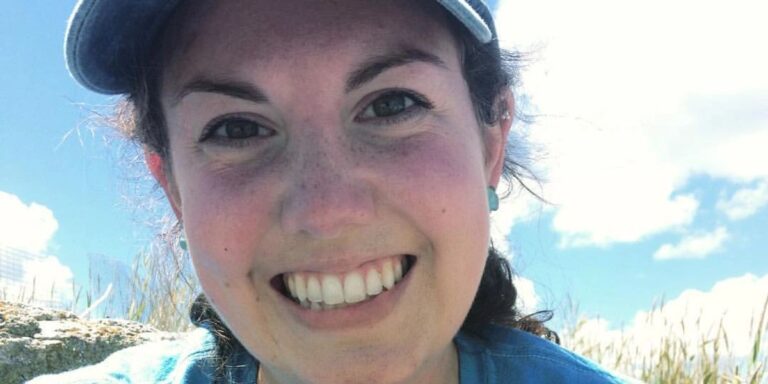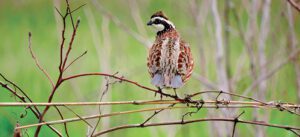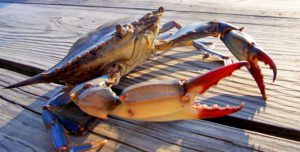Keystone species make a huge impact on their ecosystems, sometimes building entire habitats for hundreds of other species to call their home. In this session, we will learn what makes a keystone species, where the term came from, and some local examples found in Maryland. We will then find out why identifying keystone species is so important and how we can use them to help guide our conservation efforts.
Course Links:




